Housing
Development Fund Corporation (HDFC) co-ops are an important and
unique segment of the New York housing market that many fellow co-op
shareholders are unaware of. Those who do know of the program are
often familiar with it only from the negative press it receives;
stories about tax arrears and failed corporations. That’s not a
fair picture. There are many successful HDFC buildings, and the
program has served to stabilize not only buildings but whole
neighborhoods, while affording the dream of home ownership to many
who otherwise would never have had a chance at it.
The HDFC program was founded in the 1970s amid a city in crisis. Buildings were burning, landlords were abandoning their properties, and long-time residents were fleeing for the surrounding suburbs. In simple terms, what the HDFC program did was to offer tenants in failing rental buildings the opportunity to invest with their dreams and sweat to turn their building communities around into solvent, stable, affordable permanent homes.
The terms of the HDFC program often included something called a regulatory agreement, which laid out specific rules about who could buy into the property relative to their income and the purchase price of the apartment. Paul Mishler, an associate professor of history specializing in labor studies at the University of Indiana, is a cooperator at 550 Ft. Washington Avenue, and has been for more than 20 years. “You had to be poor enough to need it,” he says of qualifying for residency, “but not so poor that you couldn’t pay the monthly maintenance.” These co-op corporations were created to keep middle- and working-class families in New York, stabilizing neighborhoods and slowing the suburban exodus. Regulatory agreements that focused on economic need and ability to pay were an effective tool in achieving that goal. The question today is, how effective has this approach been – and what is its future?
The Grinnell
The Grinnell, located at 800 Riverside Drive in the Audubon Terrace section of Washington Heights in upper Manhattan, is both a highly visible and successful example of the HDFC program. The property was built as a rental in 1911 and contains 80 units. It is an elevator building and features large apartments with elegant Beaux Arts finishes typical of properties built at the turn of the twentieth century. Today, it is one of the most successful HDFC buildings in New York City.
Joel Rothschild has lived in the building since 1964. He was instrumental in the building joining the HDFC program. As Rothschild explains, by the middle of the 1970s, after a series of transfers between numerous shady owners, the building was effectively abandoned. With no heat, hot water, or elevator service, the tenants – led by Rothschild – began a rent strike. This circumstance was not unusual in New York City at a time when landlords were putting decrepit, financially insolvent rental buildings to the torch on a daily basis in order to dodge the obligation to maintain them. With little improvement in sight, then-New York State Assemblyman Denny Farrell suggested that the tenants at the Grinnell apply for a 7A administrator, which became the first step in ultimately joining the HDFC program.
Rothschild goes on to explain that typically when a building entered the HDFC program and was removed from in-rem foreclosure by the City, the property was delivered to the tenants by the Department of Housing Preservation and Development (HPD) with most if not all of the critical physical improvements – things like boiler replacement, elevator repair, and other major fixes – completed. In the case of The Grinnell, the work required was extensive, running in the millions of dollars, that the City transferred the property to the tenants as-was.
To compensate for this burden, the building's regulatory agreement was modified to encourage higher sales prices by eliminating the strict income limits and requirements usually associated with such properties. Instead, the income requirement was linked to a complicated formula that relied on the sales price to calculate the 'magic number.' The result was that the higher the sales price, the higher a prospective buyer’s income could be. This would have serious repercussions later.
In the case of the Grinnell, the building's governing documents provided for a very steep flip tax during the first 10 years of the new cooperative corporation’s life. The result was that many tenants who bought in at the initial offering held on to their units for those 10 years (often subletting them and living elsewhere), then selling after the 10-year period when the flip tax was reduced. Required repairs were done slowly at first, but picked up speed after the 10-year mark when more original purchasers sold and the building received substantial capital through the flip tax.
Real change though, came with the real estate boom that began in the early years of this century. As the market began to heat up all over Manhattan and into other boroughs, more and more people began to look at upper Manhattan as a plausible alternative to living further downtown. Its excellent subway access, lower-rise density, and unique housing stock attracted the typical young professionals, families, and creatives that had been priced out of more historically desirable neighborhoods downtown. The specter of gentrification raised its ugly head in Washington Heights.
That’s the dilemma that The Grinnell faces today. The bad old days of insolvency and neglected maintenance long behind it, it's now a fully-functioning, successful, sought-after place to live. Apartments sell for $1,000,000 and more, thanks to the unusual twist in its regulatory agreement that does not stipulate an income ceiling for buyers. The complicated equation that evaluates income requirements is tied to sales price, hence the higher the sales prices, and the higher a prospective purchaser’s income can be. The spirit of the HDFC program was to keep middle- and lower-income families anchored in home ownership in New York’s neighborhoods. While that's the ethos upon which The Grinnell transformed itself, clearly, things have changed in the intervening years.
However, Rothschild cautions, “Don’t be distracted by the outrageous prices that some have paid for apartments here. I have maintained and am still prepared to maintain, that more than a third of the residents here would qualify for any HDFC. The fact that a few apartments sold for outrageous prices distracts from the fact that the old residents who qualify as low-income, hang on.”
550 Fort Washington Avenue
Like its cousin farther south, 550 Fort Washington Avenue’s journey began with a rent strike. The building is a 29-unit, five-story walk-up located in the Hudson Heights section of Washington Heights, across from Bennett Park. Carole Shreefter was one of the original group of tenants that brought the property into the HDFC program. It was one of the first buildings in the program. Shreefter explains that the then-owner walked away from the building, leaving it to the now-defunct mortgagee, Washington Heights Federal Savings, way back in the 1970s. The bank did nothing to help the tenants. In fact, rumor has it they even went so far as to send goons to the building to intimidate the building leadership.
The original tenants’ group was composed of mostly left-leaning individuals who wanted to create a housing environment that was favorable for people of modest means, especially in a city where housing always sucked up an inordinate proportion of personal income. “Affordability gives people the opportunity to make more of their lives,” says Shreefter.
The building had strict income guidelines and was run something like a kibbutz, a place where everyone pitched in for the common good. “We stressed that purchasers held shares in a corporation,” says Mishler, “as opposed to apartment ownership.” The idea of community was paramount. “It really was a community. You knew your neighbors, we took care of each other, if you needed a cup of sugar you went downstairs and borrowed it. We were very committed to the idea of community.”
Mishler explains that the community — for which both he and his wife served on the board for many years — was very careful about qualifying owners. “You had to actually live there, otherwise you were expected to sell and move on,” he says. “Existing residents had first option for the larger apartments as they came up; so say you lived in a one-bedroom and were three people. If a two-bedroom opened up, you had a right to move up to a larger unit before it went to the market. But at the same time, just two people couldn’t apply for a five-room apartment. We were in a one-bedroom with our son, when a two-bedroom became available. We also looked for people to join the building who had experience with either cooperative or community organizations.”
The community was successful and financially sound. Capital improvements were funded through flip taxes as residents moved in and out. The real change became evident after the year 2000. As was the case at The Grinnell, as the neighborhood around 550 gentrified, market forces began to push against the social and economic exclusivity of the co-op.
“After 9/11,” says Shreefter, “costs began to go up – taxes, energy, the cost of maintaining the building – so we re-wrote the proprietary lease to raise the income ceiling and to lower the flip tax.” At the same time, they provided the ability to sell shares at something close to market rate. As Mishler notes, prices in the neighborhood climbed, and residents started thinking about how much money they might make on their units. “What’s happened,” says Shreefter, “is that it changed the sense of community. The building is no longer just where you live; it’s an investment. People are thinking about the dollar sign.”
The Future
Clearly, the future of HDFC co-ops can be seen as moving in two directions. While both are positive, they are not parallel. Many properties located in more economically-challenged neighborhoods continue to have problems. Though well-intentioned, residents often lack the management skills and experience to helm a complex corporate entity – but that's a problem that can be corrected through education. There are programs today to help HDFC residents to master these skills. Despite these problems, these HDFC co-ops function as anchors in neighborhoods in flux. They remain a true path to equity home ownership for many who would otherwise not have that opportunity.
State Senator Robert Jackson represents state senate district 31, where both The Grinnell and 550 Fort Washington are located. “The HDFC program in many cases has been an effective vehicle for affordable home-ownership in neighborhoods across New York City,” he says. “The rising income of some HDFC occupants seems to be an unintended and isolated consequence of the program's regulations. “I would note that many longer-term residents of those buildings are prominent activists and organizers in their communities. We should not confuse the market-oriented turn of some HDFCs with the predatory effects of an influx of market-rate housing in neighborhoods that have been rezoned. Going forward, I think we need to consider the HDFC model in the context of larger, community-wide models like Community Land Trusts and the conversion of publicly-held lands to affordable housing.”
State Senator Brian A. Benjamin represents the 30th Senate District in Harlem and upper Manhattan. “Before I was elected, I built affordable housing – so the issue of home ownership is near and dear to my heart,” he says. “HDFCs represent one of the last truly affordable home ownership opportunities to New York City residents, and the state Senate District I represent has one the largest concentration of HDFCs, around 600. With such a strong correlation between home ownership and civic engagement, health, volunteerism, academic success, and financial stability, it is vital that we preserve these bastions of affordability for the people who fought for their neighborhoods when times were tough.”
At the same time, a clear dichotomy can be seen between HDFCs in areas that have heavily gentrified, such as Washington Heights west of Broadway. In these cases, the shift to accommodate market forces is obvious. That doesn’t minimize the positive effects the HDFC program has had, however. On the contrary, while the culture of these buildings may be changing, they have been instrumental in the rehabilitation of otherwise failing housing stock, and have buoyed their surrounding neighborhoods.
“This building played a role in what kind of community Washington Heights was, and Washington Heights played a role in what the building was able to do,” says Mishler. “The old vision still has a lot of power, but old New York is changing. That’s what defines New York. The culture of the building has moved slightly in the direction of market forces, but the original community of activists are still there.”
Lastly, New York State Assemblyman Al Taylor represents the 71st Assembly District, and is active in the defense of troubled HDFC properties. He expresses concern regarding the gentrification of neighborhoods where HDFCs have been the anchor of the community. “Our HDFCs represent the melting pot of New York and the diversity that makes our city unique. It is for this reason that I want to provide resources to strengthen and educate our HDFCs. I want these HDFCs to survive and thrive into the next generation.”
A J Sidransky is a staff writer for The Cooperator, and a published novelist.



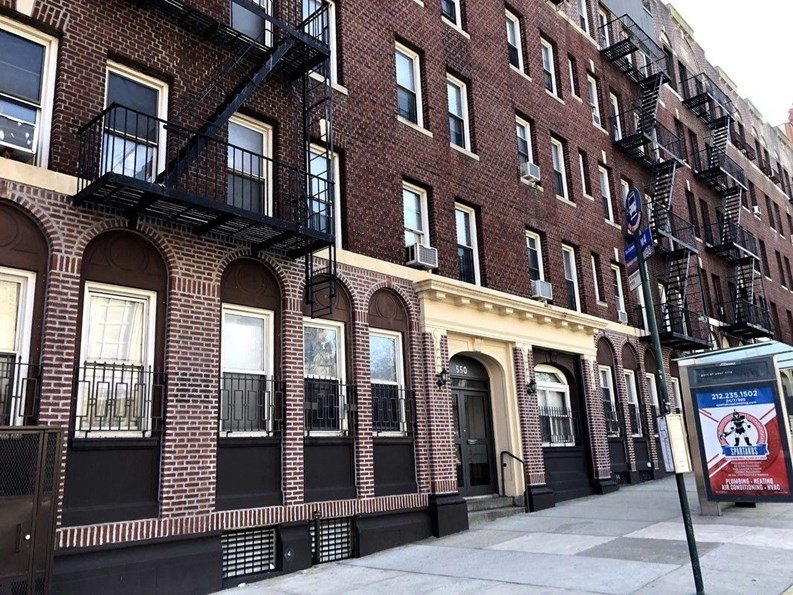
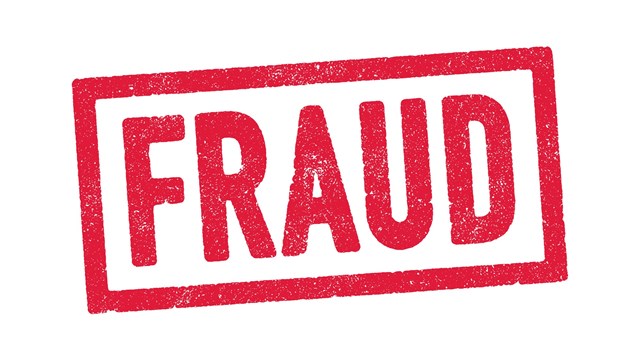
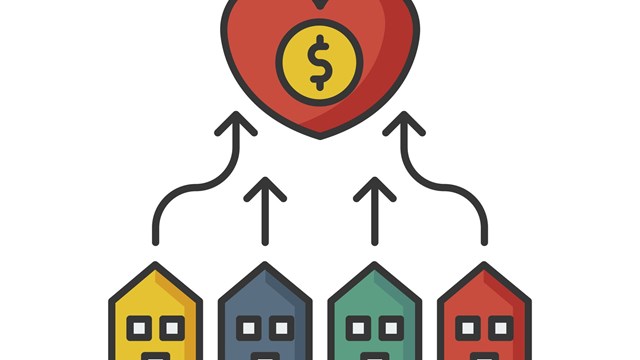

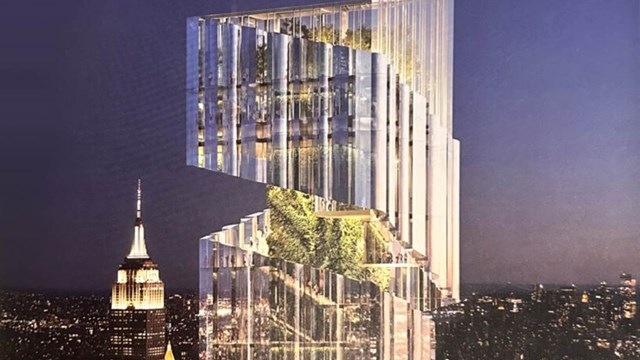
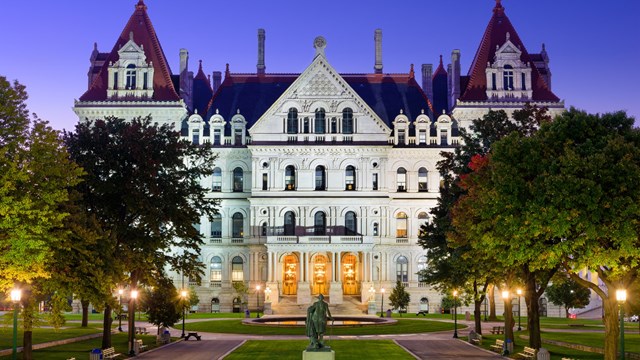
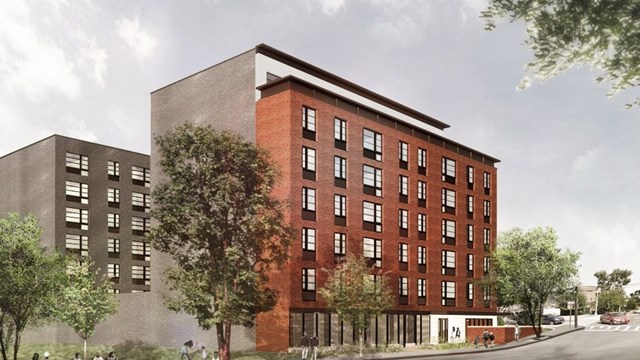
2 Comments
Leave a Comment